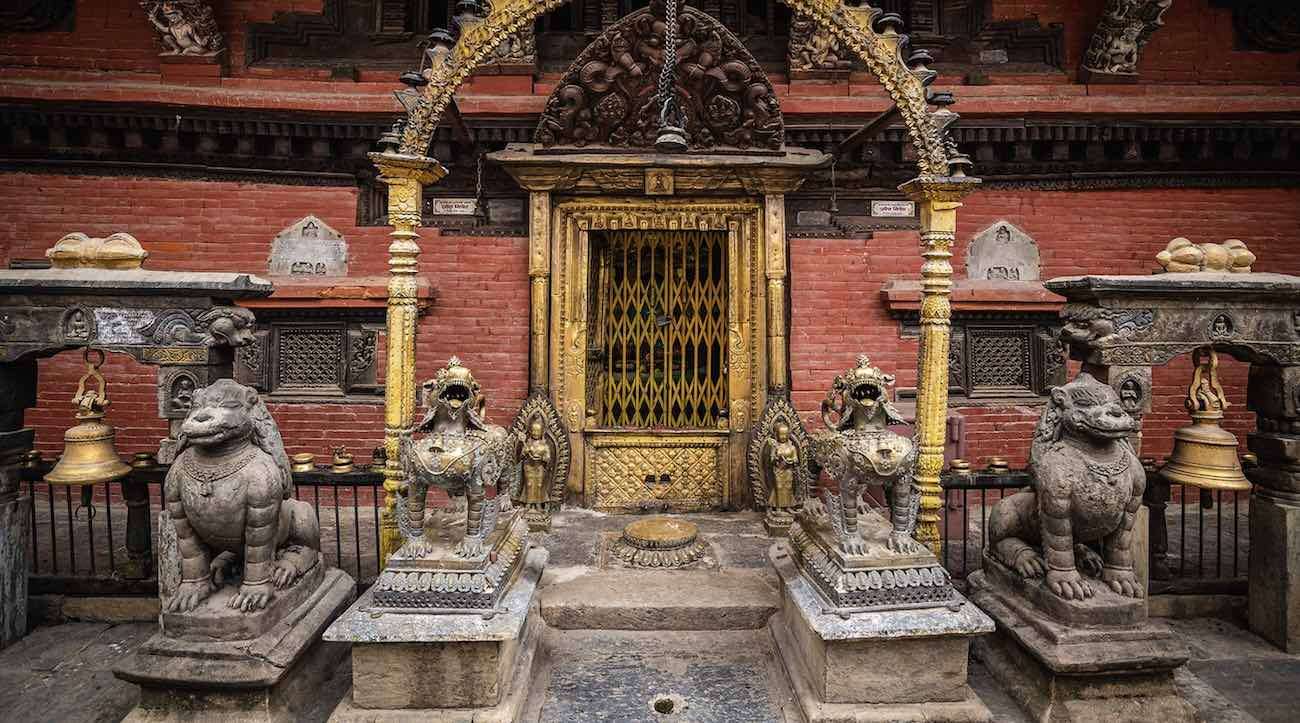Abandoned Ohio Golf Course Being Rewilded into Public Land with Native Fish and Wildlife Returning
Golf courses around the country are being closed faster than they're being opened, and the acreage of the fairway is often reclaimed by nature

A Buddhist monastery in Nepal is experiencing a true renaissance following a series of museum repatriations that brought about an increased interest in the monastery's 900-year history.
The revival in interest led to a hidden trove of Buddhist artifacts being discovered "buried in layers of dust and dirt and mud and sand," the earliest of which date from the 13th century.
First established in the Nepalese capital of Kathmandu in the 11th century, the Itumbaha Monastery was a collection of warrens, shrines, and columned halls that gradually accumulated many treasures of the Saha world, including ornate halos and swords, golden crowns, mini stupas, and statues of deities, all collected there by kings and abbots.
The story of art theft and black market antiquities trade in Nepal is long and tragic, but as seen in Cambodia, West Africa, and Indonesia, museum curators are more ready than ever to make amends for the crimes of the past, and several priceless pieces have already been returned to Itumbaha.
These include a 13th-century wooden temple carving of a deity called "salabhinka," from the Met in New York, and two carvings from the Rubin Museum, one of which was taken from Itumbaha, and another from a nearby temple complex.
CNN, reporting on the opening of the new Itumbaha museum, details that up until 1951, foreigners were not permitted into Nepal. After the country opened up, large amounts of religious artworks and artifacts were stolen while the country fought a long civil war.
Two decades ago, the World Monuments Fund, one of the largest non-profits in the world dedicated to preserving cultural heritage, began restoration work on the monastery-known in Sandskrit as a "vihara," when workers and temple stewards came across a trove of hundreds of artifacts that had not been stolen, but instead had been hidden in forgotten storehouses and covered in dust.
The vihara was helped to properly inventory and digitize its collections by the Rubin Museum, perhaps as a bid to "make merit," as the Buddhists say, for being the endpoint of the stolen religious artwork.
"It is our hope that through this collaboration we can create further awareness around the cultural importance of historic collections held in religious institutions like our own and the need to document and protect them," said Pragya Ji, president of the Ithum Conservation Society which takes care of the vihara, in a statement announcing its partnership with the Rubin.
Executive director of the Rubin Museum, Jorrit Britschgi, told CNN over a phone call that the museum's number one priority beyond its own operations is a doubling-down in efforts to look at its own collections and those of other institutions for artifacts that could have come from the vihara and others like it.
Now, the vihara has its own museum of 500 pieces, 150 of which are on display at any given time. But being that Itumbara is a place where religious activities are held daily, the museum is "open" and the objects retain their roles in rites and festivals. Locals can touch, examine, and honor them if they wish, and it's a far cry from climate-controlled rooms full of glass, cameras, and whispers like one would find in the Met.
"It's entirely up to that community what they want to do with these objects, and most of the time they're (put) back into the temple and shrines, and they will be worshipped," Roshan Mishra, founding member of the non-profit Nepal Heritage Recovery Campaign, told CNN.
SHARE This Monastery's Glory Days Restored With New Museum…
Be the first to comment